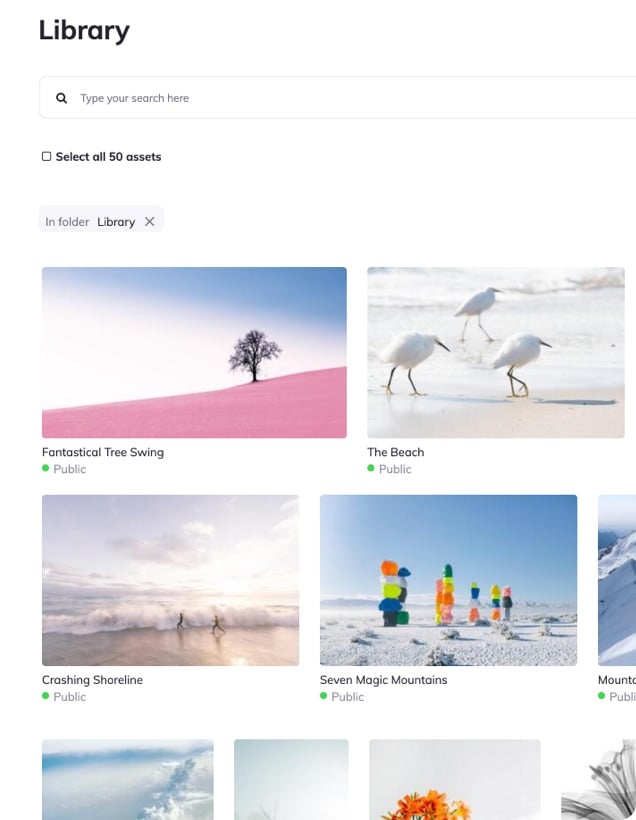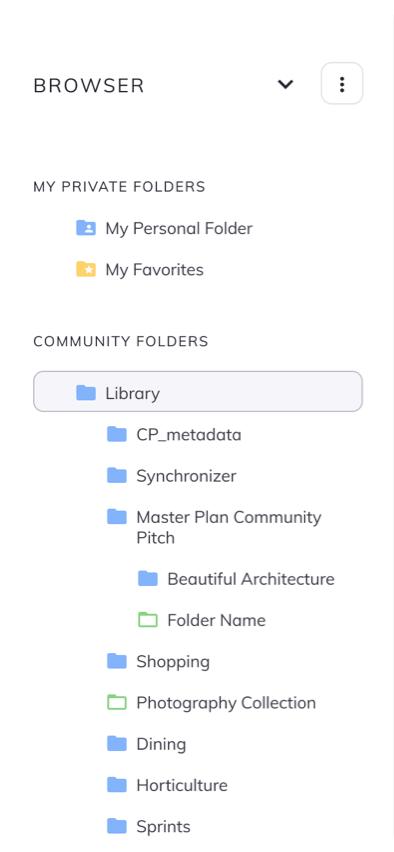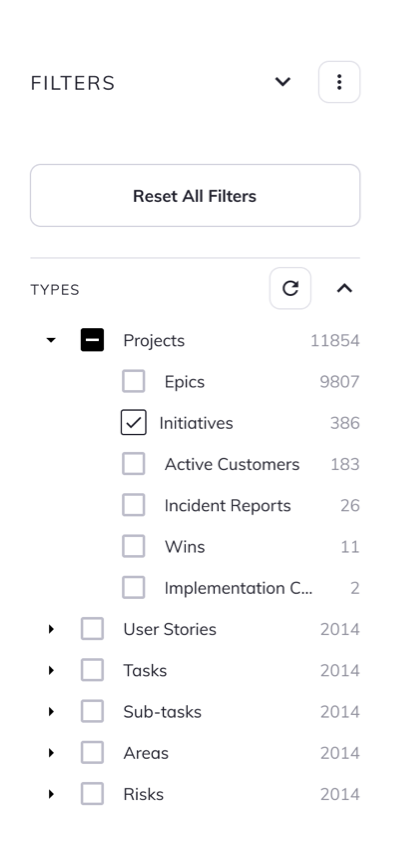An Interview with Meredith Reese, DAM Manager for the LA Phil (Part 2)
.png)
Last week, we shared the first half of our interview with Meredith Reese, the Digital Asset Manager for the Los Angeles Philharmonic. In this week’s installment, we dive into detail about Clark, the LA Phil’s DAM, and the unique ways the organization uses it to manage its programs and venues — the Walt Disney Concert Hall, the Hollywood Bowl, The Ford, and YOLA (the Youth Orchestra of Los Angeles), which provides music education and resources to underprivileged under-resourced communities across Los Angeles.
ORANGE LOGIC: Now you’re DAM manager for the Los Angeles Philharmonic. How has the experience been?
MEREDITH: LA Phil is my first nonprofit experience, and I love it. They've embraced the agile process; they've embraced trying new things — more so than even a larger, for-profit company.
ORANGE LOGIC: The LA Phil uses its DAM in a pretty unique way. You’ve been using it for project management, is that right?
MEREDITH: That’s right. The impetus of the project management module came from our production team. We've got four venues that we manage and multiple seasons and multiple orchestras. It was going to require some pretty hefty customizations to get that calendar to work.
Orange Logic came and said, we're thinking about this project management module, and will that work for you? And when the production team and the marketing team saw it integrate with the asset management system, they said, “Oh yeah, that's our life cycle.” Things get approved, artist contracts are negotiated, all the logistics are worked out. Then the show or the concert happens, and afterwards, you’ve collected all these assets alongside of it.
And I was really interested in how to save all those assets—the recordings, the production documentation, the photography—in a meaningful way, and really usher them into the archives in a way that was sustainable.
ORANGE LOGIC: Why did the LA Phil want to implement a DAM?
MEREDITH: We implemented Cortex as our digital asset management tool to get a handle on the files across the organization and to break down the silos. Even in a nonprofit association, the silos between departments were really, really strong.
We were seeing duplications. We were seeing a lack of knowing which version was what, a lack of approvals, and we were really opening ourselves up for some pretty hefty risks when it came to our relationships with our artists. So everyone understood how costly mistakes are like that, and it was very eye opening that there were systems out there that actually help with that.
ORANGE LOGIC: Can you walk me through a little bit how people at your organization use digital asset managment?
MEREDITH: Our big push was to archive and share and tag and make searchable our audio and video archival recordings. We've been recording every single concert at the Hollywood Bowl and the Walt Disney Concert Hall for around the last 15 years. And then we have some analog masters that the archives concurrently were digitizing. So there was this great moment of the past being digitized, flowing into the system, and the brand new concerts flowing in the system and then meeting in the middle.
And that became extremely powerful for everyone because they could then search across and say, “We do Beethoven's Ninth almost every year, but really, how many recordings do we have of that? Who was the conductor?” And it started to answer all of these daily research questions that the archivists were responsible for. It really helped them and made their work transparent.

And that's definitely something that's really important to me in any DAM work — that I'm advocating for the archives. We're curating these collections constantly. It's a work in progress, and there's a ton of reuse value there.
Then we did a giant migration project. One photographer had been photographing publicity photos of concerts and other events, as well as orchestra headshots and staff photos for the last 20 years. So he just said, “Here are my hard drives.” So we quickly got half a million assets, and people then could see, “Oh, there's actual stuff there for me to search!” That was really, really important to the adoption.
ORANGE LOGIC: So, how do you teach that? How do you get people to buy in, adopt, and use it properly?
MEREDITH: It was always important to have stakeholders from every single department on board and me be in constant communication with them.
And then teaching [users about] the restrictions on things. Teaching them about the artist approval process that seemed such a grey area before. Or teaching them about legal rights and copyright. Without a digital asset management system to put it in front of you, that's a really hard thing to teach people.
ORANGE LOGIC: Do you do most of the entering metadata yourself?
MEREDITH: I allow every department to upload and tag their own assets. In our template for metadata on each asset, we have a descriptive section and we have an administrative section, and then we have the ability to show all the embedded technical metadata.
I empower everybody to take that on themselves and train them. We have a complex metadata model, but we don't really have a golden record type of mentality. We have “get it there enough for search”.
ORANGE LOGIC: How many terabytes do you have in the digital asset management archive right now?
MEREDITH: We estimate it's probably about 70 terabytes of information, mainly because of our video captures. Obviously when we do a new video shoot, we're gaining or collecting active assets that could be one terabyte per show. We could grow a terabyte of data weekly if we wanted to—which we don't.
We curate, and we will document what we took and what we didn't take. So when the question comes, we have an answer.
Yeah, we have almost 70 terabytes right now on the DAMs, and then another 80 terabytes that will eventually come into the DAMs.
ORANGE LOGIC: So clearly the DAM’s been valuable, but how do you show the ROI?
MEREDITH: So really, it was about driving adoption. It was putting the word Clark into people's daily vocabulary. That was one of my big goals going in.
I quickly learned within my first six months here, it wasn't going to be numbers that spoke to people—it was going to be the stories. So if an orchestra member was interviewed and they said, “I listen to my audio recordings on Clark”—that's more meaningful to people.
Adoption really grew when we started talking about project management. You know, giving people a clear calendar, and then saying, “This calendar is in Clark.” Or, “You like this asset? It came from Clark.” Or the day we produced this big documentary for PBS. Where did that stuff come from? It came from Clark.
Now I see the word Clark across everything. Every new project that we kick off says, ask Clark, talk to Meredith, go to the archives, get your Clark account. We're having a staff party in a couple weeks and even our HR department said, “Look for fun photos of staff on Clark.” Orange Logic has become part of everybody's daily work.
Special thanks to the Los Angeles Philharmonic Archives for the use of the images featured in this post.
To learn more about how Orange Logic can help you with your DAM needs, schedule a call today!
Bring it all together with an intuitive, customizable DAM platform.
Cortex is an Enterprise Digital Asset Management Platform built to grow with your business.
- 130+ custom tools
- Tailored dashboards for every user
- Unlimited digital asset storage




%20(1).webp?width=60&height=60&name=OL%20Short%20Logo%20(2)%20(1).webp)